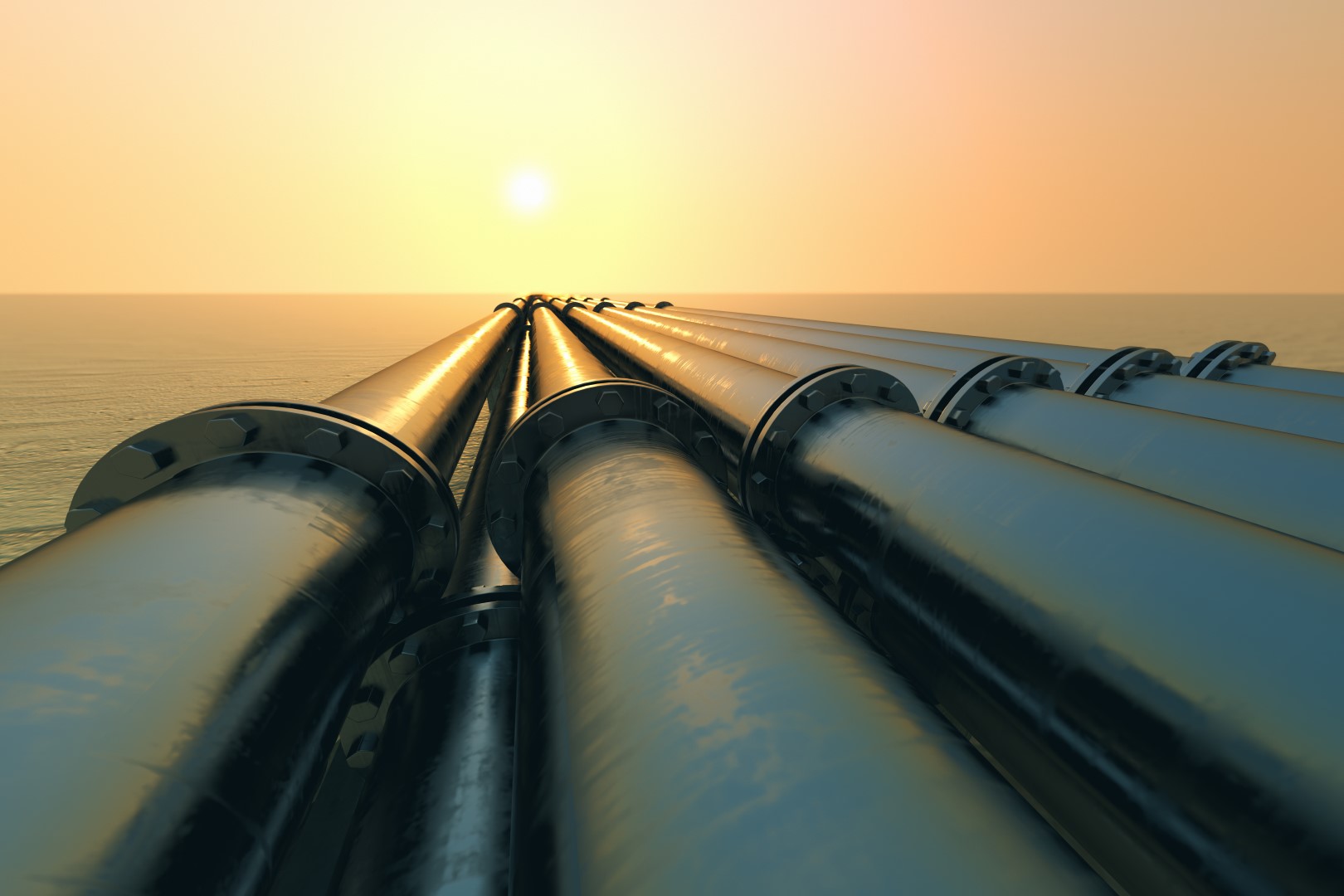

Florida is reportedly vulnerable to energy disruption in one of two ways: if supply is shut down in the Gulf of Mexico, or if a pipeline fails.
Hurricanes — which can interrupt supply and leave the state susceptible to shortfalls and excessive prices — can do both.
After a string of quiet hurricane seasons — 11 in all, until September — we’ve forgotten this. But Hurricane Hermine’s minimal impact last month gently reminded us — and Hurricane Matthew not-so-gently: Do we have the pipeline infrastructure we need to avoid such a scenario?
Unless we get more pipelines in the ground, probably not.
Most of the petroleum we consume is imported from other states or countries, via tankers and barges to marine terminals in Florida. We also get most of our natural gas from neighboring Gulf Coast states via pipeline or tanker shipments offloaded in Georgia and piped to Florida. A hurricane would disrupt each of these delivery avenues.
We’re dependent on others to literally power our residential, commercial and industrial needs, all of which are growing exponentially. The Florida Chamber of Commerce projects Florida’s population will swell by 6 million, to nearly 26 million, by 2030.
That means Floridians, whose per capita residential electricity demand is already among the nation’s highest, will need even more juice to keep their lights on, refrigerators cooled, and electronic devices charged, with or without weather-related interruptions — about 10 more gigawatts’ worth through 2035, according to the Florida Reliability Coordinating Council.
With many of the pipelines in and around Florida already near capacity, how do we plan on getting all that energy to market safely and responsibly?
Expand Florida’s energy infrastructure — the sooner, the better.
The economic reasons are obvious. Pipeline expansion equates to more economic growth, job creation, and tax revenue, plus more cost-savings for consumers.
But what’s often forgotten are the environmental benefits.
Studies have shown pipelines are the safest way to transport energy. In fact, pipeline-transported oil and gas safely reached its destination more than 99.999 percent of the time. Pipelines also have helped lower carbon emissions from electricity generation to levels not seen in decades.
In all, pipelines have been a win-win — economically and environmentally. Yet, you rarely, if ever, hear this.
We at Consumer Energy Alliance (CEA) are looking to change that, via our recently launched “Pipelines for America” campaign, which will help individuals and families better understand their upcoming energy needs and the importance of having a safe, efficient, and robust pipeline infrastructure.
Our efforts couldn’t be more different than what you’re seeing from protestors across the country — and the politicians and celebrities pandering to them. Rather than back a movement that promotes trespassing, violence and aggressive behavior, CEA aims to educate households and businesses about the growing importance of U.S. energy — to their health, their wallets, and their quality of life.
Energy development and the environment do not have to be an either-or decision. Solar, wind, and other intermittent resources — though important and growing — can’t do it alone. And while there’ll always be a need for marine transport of energy into Florida, we’re clearly going to need more options that ensure environmental protection, economic prosperity, and a reliable electrical grid — especially during hurricane season.
That means we’re going to need more pipelines.
___
Kevin Doyle is executive director of Consumer Energy Alliance Florida.



